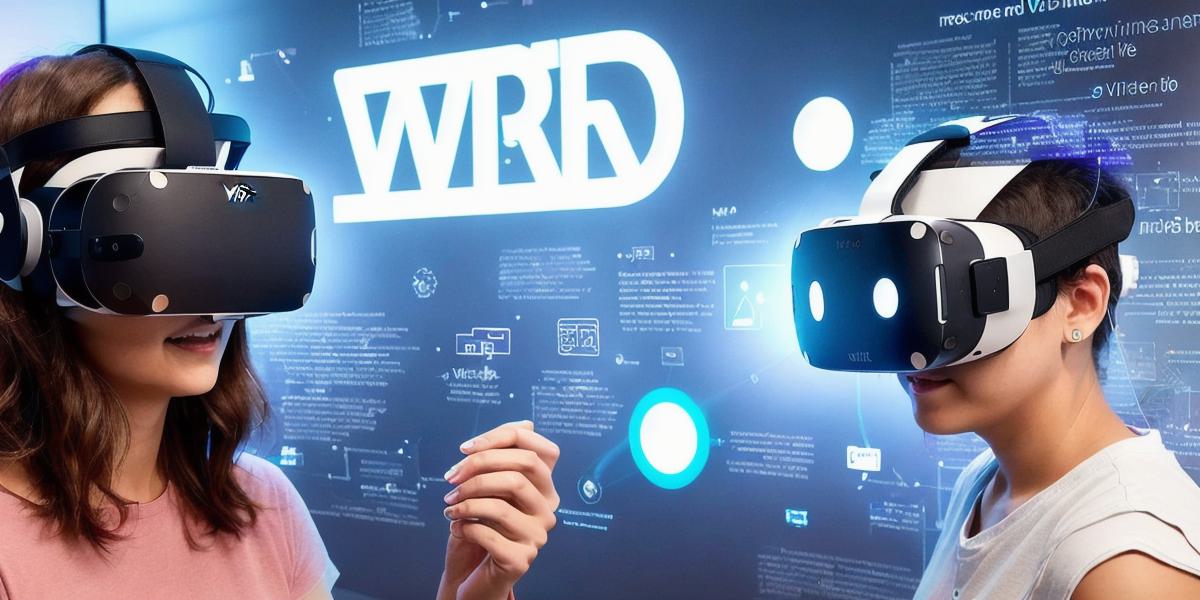Are you ready to enter a new era of technology? Augmented Reality (AR) and Virtual Reality (VR) experiences are revolutionizing the way we interact with the world around us. These immersive technologies offer developers a unique opportunity to create interactive, engaging, and transformative experiences for users. In this article, we will explore AR and VR experiences, their benefits, and how they can be used to unlock the full potential of immersive technology.
AR vs. VR: Understanding the Differences
While both AR and VR are immersive technologies, there are significant differences between the two. AR overlays digital content onto the real world, enhancing our perception and understanding of the physical environment. VR, on the other hand, creates a completely artificial and immersive world that blocks out the real world.
AR and VR Experiences: Applications in Various Industries
Both AR and VR have a wide range of applications across various industries, including gaming, healthcare, education, retail, and more.
Gaming: With AR and VR experiences, gamers can enter into a fully immersive world, where they can interact with the game in ways never before possible. These technologies allow for new forms of gameplay, such as location-based games that use AR to create a gaming experience that blends the real world with the virtual world.
Healthcare: AR and VR experiences have revolutionized healthcare by providing doctors and patients with innovative tools for diagnosis, treatment, and rehabilitation. For example, AR can be used to overlay digital annotations onto the patient’s body, allowing doctors to visualize internal organs and make more accurate diagnoses.
Education: AR and VR experiences offer a unique opportunity to revolutionize education by creating immersive learning environments that engage students in new and innovative ways. For example, AR can be used to create interactive history lessons, where students can explore ancient civilizations and learn about historical events in an engaging and immersive way.
Retail: AR and VR experiences are transforming the retail industry by providing consumers with new forms of product interaction and exploration. For example, AR can be used to allow customers to visualize products in their own homes before making a purchase, or to create virtual showrooms that allow customers to explore products in a fully immersive way.
Benefits of AR and VR Experiences
AR and VR experiences offer several benefits, including increased engagement, improved learning outcomes, enhanced creativity, and more effective communication. These technologies also have the potential to improve accessibility for people with disabilities, by providing new forms of interaction that are not possible through traditional means.
Case Studies: Real-Life Examples of AR and VR Experiences
There are many real-life examples of AR and VR experiences that demonstrate the power of these technologies. For example, IKEA’s AR app allows customers to visualize furniture in their own homes before making a purchase, resulting in higher conversion rates and increased customer satisfaction. Another example is the use of VR therapy for patients with PTSD, which has been shown to be highly effective in reducing symptoms and improving quality of life.
Expert Opinions: What Developers Need to Know
To create successful AR and VR experiences, developers need to understand the unique challenges and opportunities presented by these technologies. They must also be willing to invest time and resources into research and development to ensure that their experiences are engaging, accessible, and effective. As Dr.
